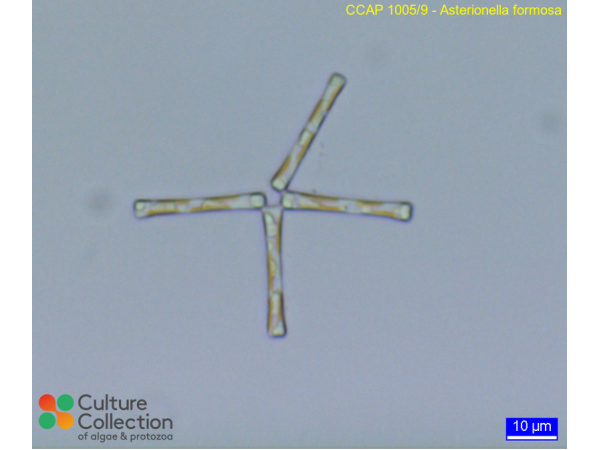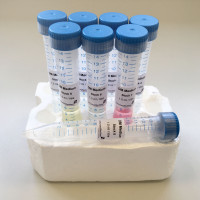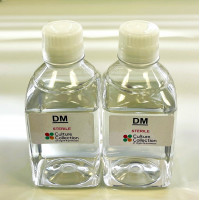(Bold text = submission by CCAP staff or collaborators)
Note: for strains where we have DNA barcodes we can be reasonably confident of identity, however for those not yet sequenced we rely on morphology
and the original identification, usually made by the depositor. Although CCAP makes every effort to ensure the correct taxonomic identity of strains, we cannot guarantee
that a strain is correctly identified at the species, genus or class levels. On this basis users are responsible for confirming the identity of the strain(s) they receive
from us on arrival before starting experiments.
For strain taxonomy we generally use AlgaeBase for algae and
Adl et al. (2019) for protists.
| Attributes | |
| Authority | Hassall 1850 |
| Isolator | Jaworski (1979) |
| Collection Site | Esthwaite Water, Cumbria, England, UK |
| Climatic Zone | Temperate |
| Notes | Isolation: micropipetting and dilution; The characteristic way in which diatoms reproduce asexually results, in some strains, in the reduction in size of diatom cells at every division and the subsequent loss of morphological characters. This strain has shrunk slightly but still forms star and half-star formations. |
| Axenicity Status | Bacteria present |
| Area | Europe |
| Country | UK |
| Environment | Freshwater |
| GMO | No |
| Group | Diatom |
| In Scope of Nagoya Protocol | No |
| ABS Note | Collected pre Nagoya Protocol. No known Nagoya Protocol restrictions for this strain. |
| Collection Date | c 1979 |
| Original Designation | FBA L313 |
| Pathogen | Not pathogenic: Hazard Class 1 |
| Strain Maintenance Sheet | SM_FreshwaterDiatoms.pdf |
| Toxin Producer | Not Toxic / No Data |
| Type Culture | No |
| Taxonomy WoRMS ID | 148954 |
| Equivalent Strains | SAG 8.95 |
CCAP 1005/9
Asterionella formosa
- Product Code: CCAP 1005/9
- Availability: See Availability/Lead Times
Related Products
CCAP FADM-C
Diatom Medium (DM)
CONCENTRATED STOCKS
Non-sterile concentrated stocks to make up 5 litres of DM medium. Diatom Medium is used for culturi
CCAP FADM-P
Diatom Medium (DM)
1 LITRE PREMADE
1 litre of sterile, ready to use, DM medium. Diatom Medium is used for culturing freshwater diatoms




